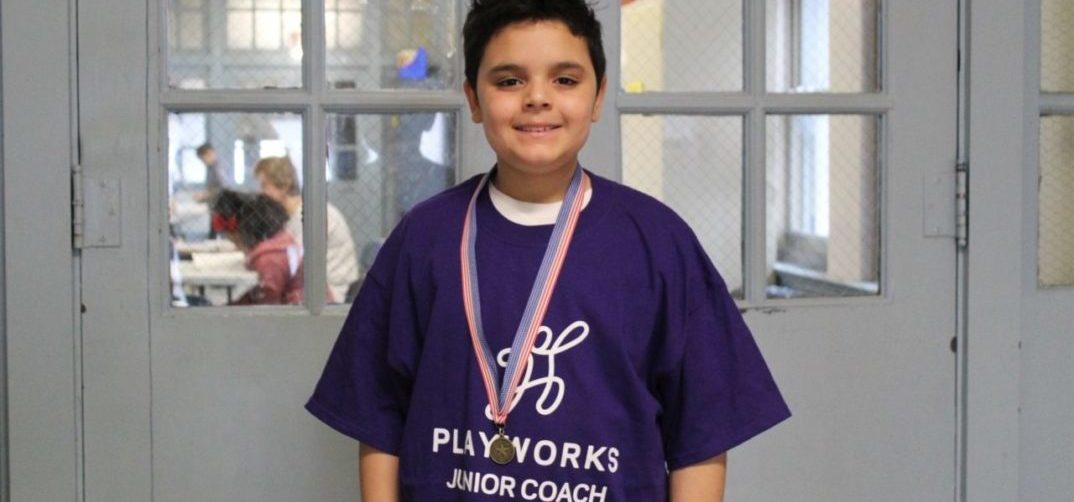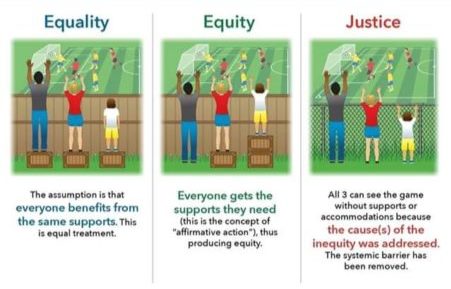
Listening in on conversations around our office, you would hear a lot about opportunity—opportunity for youth to go to summer camp, for adults to learn English as a second language, for young children to express themselves through the arts, opportunity for every student, regardless of their neighborhood, race or ethnicity, to succeed. In-school partnerships with community-based nonprofit organizations are often the best way of bridging the great disparities in opportunity that exist among a region’s students.
In-School Partnerships Bridge the Opportunity Gap
In large urban areas, we see some neighborhoods flush with places where young people can power up their learning, and others with an inadequate supply of great schools, libraries, and afterschool programs. Gaps in resources are more likely to affect children in low-income, historically marginalized neighborhoods.
Community-based programs that operate within school walls and in strong partnership with the school are poised to enrich the learning environment, support teachers, and change the trajectory for a neighborhood’s students and their families too. These close knit relationships create opportunity as both entities take a deep dive into understanding their student population’s needs, and modifying the school environment to best meet those. When schools and community organizations work together to support learning, opportunity abounds and everyone benefits—students, families, schools, and community partners.

Looking to soccer fans for an analogy, opportunity is the difference between seeing a game (and seeing a great kick for a goal!) or being completely left out. A viral image of soccer fans shows the nuanced differences between the related terms of equality, equity, and justice, with justice being the pinnacle of opportunity for all. In the context of education, opportunity is the difference between a whole community of children having the resources they need to thrive or, as a group, being systematically left behind—impacting generations to come.
Five Ways In-School Partnerships Increase Opportunity
Leaders from Boston-area nonprofits doing this in-school work came to GMA Foundations for lunch and conversation earlier this year. They spoke to key ways that in-school partnerships can change the educational environment in a community, increasing opportunity for all children.
Address equity
In-school partnerships address the major equity issue of opportunity to quality programs. For example, Generations Incorporated has started to work with entire school districts so that all students in a region have access to high-quality early education and a caring adult, both well-documented interventions that help young children learn and overcome life obstacles. It works hard to also secure buy-in from each individual school so that school leaders—from principals to teachers to parents–embrace the district office’s central vision.
Improve culture
In-school partnerships can also positively impact school culture/climate. Playworks was started in response to a principal’s call for help to solve the ‘recess issue,’ described as a problem with bullying and hard transitions from recess to the classroom. Now, the school is more focused on the positives of recess. This and other partner schools share Playworks’ belief in active kids and the power of play to build valuable social and emotional life skills. Similarly, the Boston Debate League trains teachers to use debate techniques to make learning more interactive and to teach critical thinking skills.
Learning in new ways
Many in-school partnerships offer students opportunities to experience learning in a new, creative, and hands-on way. Students learn about music and cooperation with MusiConnects and Josiah Quincy Orchestra; they learn STEM concepts (science, technology, engineering, and math) in curriculum-linked projects with Community Boat Building. Likewise, civics comes to life for students participating in Generation Citizen’s and Discovering Justice’s community action projects.
Fill a need
In-school partnerships often come out of a real need to improve student performance. For example, a school principal called on WriteBoston with an urgent need to increase literacy skills. The organization then worked closely with school leaders to customize resources and supports that the school was not able to offer teachers on its own.
Reach hard-to-reach students
In-school partnerships make sense because they can reach more students during the school day. Often it is the students most in need who are least likely to attend an afterschool program. Alternatively, in-school partnerships reach the most in-need students so that they too have the resources they need, the opportunity to thrive.
What do successful in-school partnerships look like?
After leaders from Boston-area nonprofits established the “why” of in-school partnerships, the conversation moved quickly to “how” partnerships function well. Admittedly some pointed to challenges.
Using the Harvard Family Research Project’s features of effective school community partnerships as the jumping off point, our NPO Conversation turned inward. What makes for successful partnerships? The leaders gathered at GMA focused on shared vision, relationships and leadership, readiness, and capacity.
Next, we’ll write more about the elements of successful in-school partnerships and share local nonprofit leaders’ advice for funders. Stay tuned!
—
Chaletta Huertas is a program officer and consultant at GMA; she helps foundations through all stages of their grantmaking.
